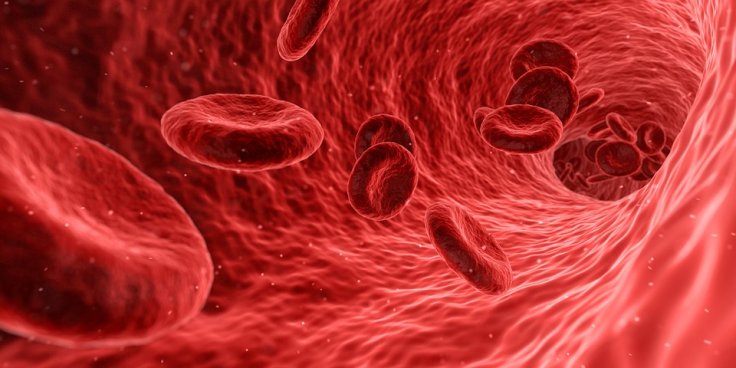There are many known conditions that arise due to the existence of a certain sickness in a patient. For example, a heart attack in patients with diabetes. However, a study by researchers from the Stony Brook University draws attention to a not-so-talked-about condition— hyperkalemia.
According to the study, dealing with hyperkalemia in patients who frequently visit the emergency department, can reduce the mortality in the total number of such patients by half. The study was published in the American Journal of Emergency Medicine.
What is hyperkalemia(Hk)?
A person is said to have the condition when the potassium levels or concentration of potassium in the individual's blood is found to be higher than normal. Millions of patients suffering from hypertension, heart failure, renal failure, and diabetes, face an increased risk of having the condition.
While higher levels of it are lethal to the body, Potassium at optimal levels is vital for various bodily functions. It helps in the maintenance of muscles, nerves, and the heart. Skeletal muscles—muscles that form the torso and other extremities—and smooth muscles—which form much of the digestive system and internal organs—require potassium for healthy functioning. Benefitting the nervous system, potassium aids in the smooth transmission of electrical signals across the body.

Causes and symptoms of hyperkalemia
Kidney disease is one of the most common causes of hyperkalemia. Improper functioning of the kidney causes potassium, whose excess is eliminated through urine, to accumulate in the body. Another related reason is the consumption of drugs that prevent the kidneys from eliminating excess potassium from the body. A diet rich in potassium is another common cause of the condition.
Hyperkalemia can often be asymptomatic—meaning it may not manifest any symptoms at all. However, if patients do exhibit symptoms, they are mild. Some of them include tingling sensations, nausea, muscle weakness, and fatigue.
Mortality rates reduced by half
The scientists reviewed the records of nearly 115,000 patients who visited the emergency department of Stony Brook University Hospital during 2016 and 2017, who showed hyperkalemia. They compared outcomes of patients whose potassium levels or K+ normalized—fell below 5.5 mEq/L—with those whose potassium levels did not remain normalised and were elevated—rose above 5.5 mEq/L.
Promising is what those findings were. It was found that among patients whose hyperkalemia normalised, the mortality rate reduced by 50 percent; a contrast to the patients whose HK did not stabilise. Therefore, this led the researchers to conclude that focussing on normalising the K+ levels in patients with hyperkalemia can help is saving the lives of nearly 50 percent of them.
"Because of the increasing risk of hyperkalemia in this population, it is important, as our study showed, to develop protocols that help quickly identify and correct hyperkalemia while the patient is still in the emergency department," said Adam Singer, vice-chair of the study, said in a statement.









